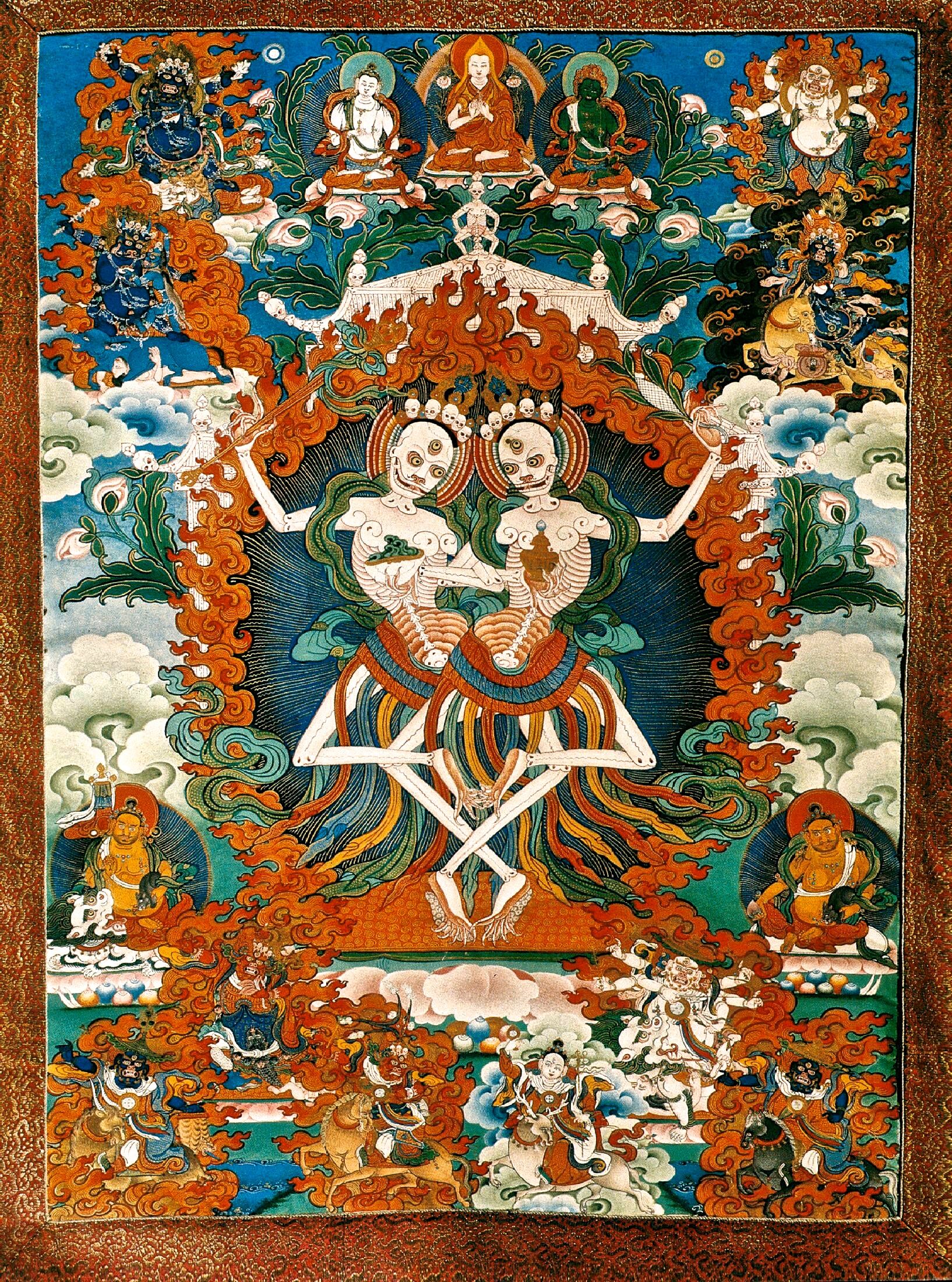Tag: Cosmic egg
Shamanic elements in the religions of the Himalayan area and in the Indian sub-continent
An overview of rites and beliefs of shamanic origin in the Indo-Buddhist macro-area of Central Asia and sub-continental India
A Science in Tatters: Survival of the Doctrines of Cyclic Time from the Timaeus to the Apocalypse
di Andrew Casella
cover: William Blake, illustration for Dante Alighieri's Divine Comedy
In the first article of this cycle [cf. Cyclic time and its mythological meaning: the precession of the equinoxes and the tetramorph], we have said that, at regular intervals, due to the precession, some alternations of constellations occur in the four cardinal points of the year. This is the reason why the sacred texts speak of certain "catastrophes" that determine some "submergence" of an old "earth" and the rise of a new one (at least up to a certain time in history). Each age of the world has its "earth", that is its ecliptic plane, delimited by the equinoxes and solstices, which emerges from the "sea", that is, from the demarcation plane of the celestial equator. When the points of the year are determined by other constellations, a new "earth" rises on the horizon, while the old one sinks below sea level.
The primordial and triple god: esoteric and iconographic correspondences in ancient traditions
di Marco Maculotti
In ancient traditions around the world we find reference to a god of origins, who came into existence before all else, creator of all that is manifest and equally of all that is unmanifest. The most disparate mythical traditions depict the primordial god as containing all the potentials and polarities of the universe, light and darkness, spirit and matter, and so on. For this reason, he is often represented with two faces (two-faced Janus) or even with three (Trimurti Hindu). However, more often than not he is considered invisible, hidden, difficult to represent except in an allegorical, esoteric form, which often refers to the union of the luminous and fiery principle, 'masculine', with the dark and aqueous, 'feminine' . In the traditions of the whole world, this primordial god is not honored with a cult of his own, since it is believed that he now lives too far from man and human affairs do not concern him: for this reason, this maximum deity is often spoken of as of a deus otiosus.




